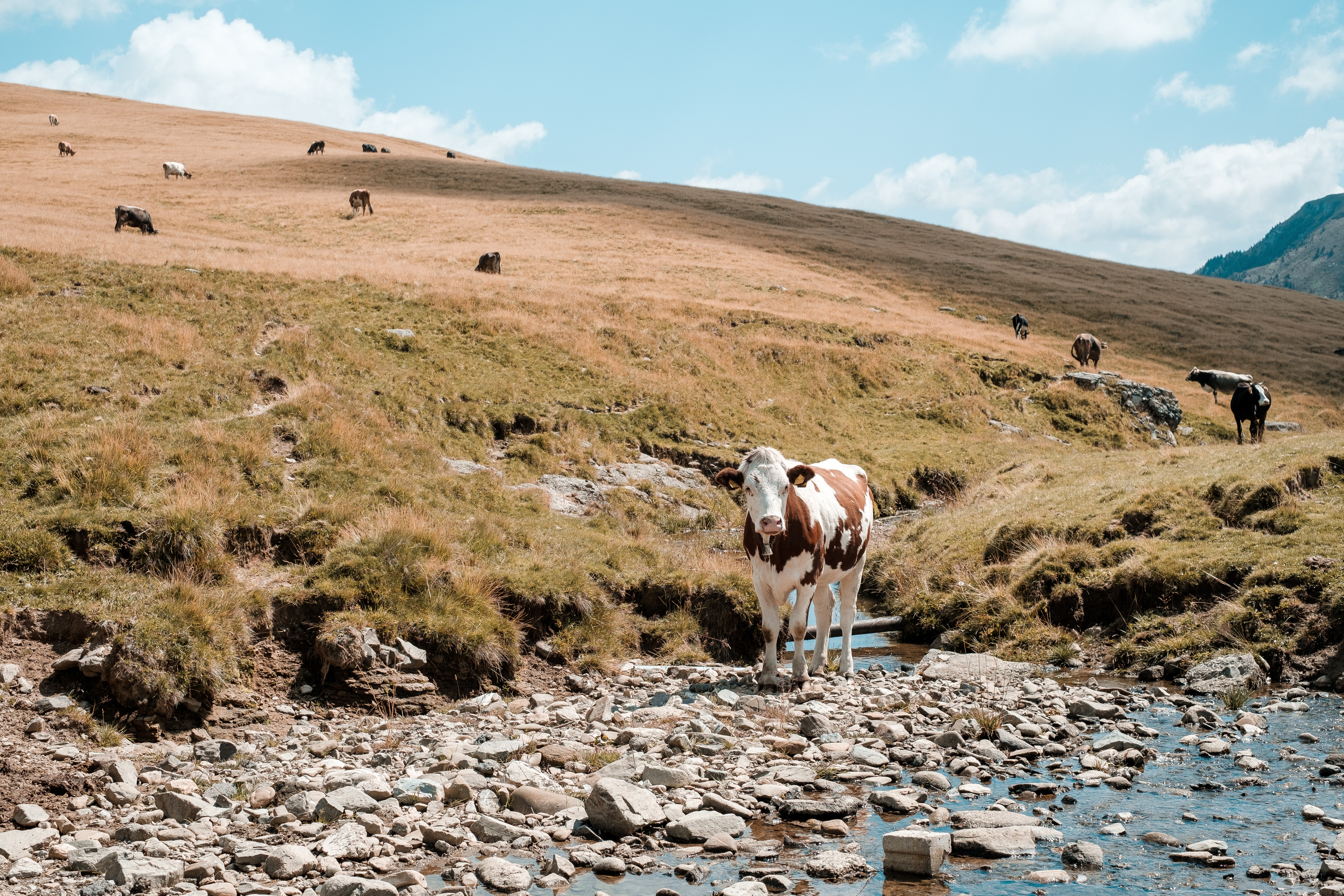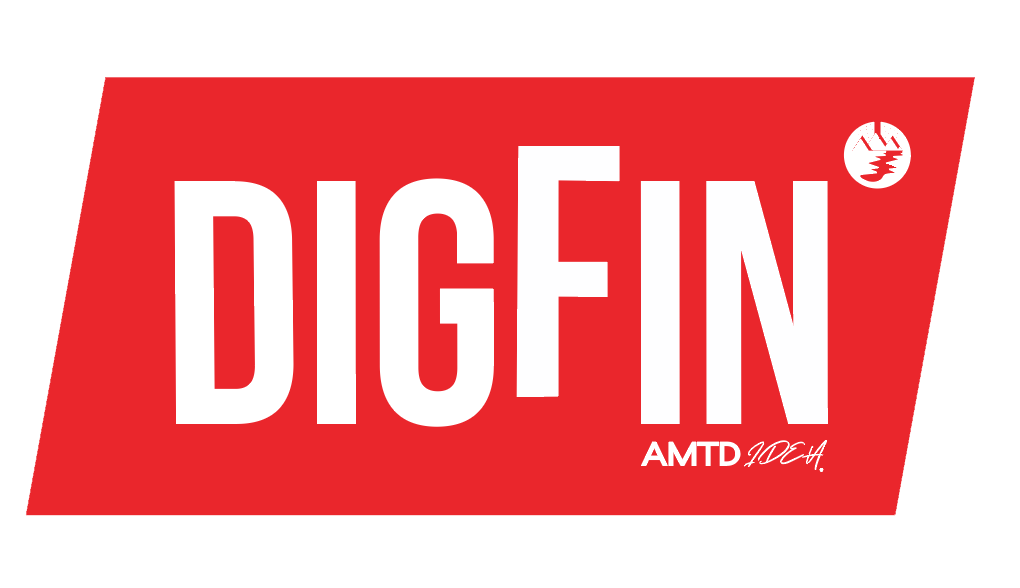A cow in rural Myanmar seems an unlikely place to imagine the future of alternative investments.
The cow belongs to a farmer who has no formal title to his land. He has no bank account: there isn’t a branch within easy reach, and the bank wouldn’t give him a loan anyway. His daily life is one of manual labor and scraping by, and his children seem destined to either become farmers or scrape a living in the city doing manual labor; if they are boys, they might get a religious education at the local monastery.
All he’s got is that cow…and, now, a mobile phone. And that’s enough to turn that cow into an asset that can be digitized, securitized, and traded among the nascent breed of alternative investment managers.
David Lee Kuo Chuen, a former long/short arbitrage hedge fund manager and now professor at the Singapore Institute of Management (SIM University), says digital technology will put people and things, currently outside the formal financial system, into the mix of alternative investors’ future portfolios.
Myanmar’s cows aren’t quite there yet. A lot needs to be done before they win the attention of global hedge-fund managers. But they symbolize an emerging asset class based on crypto-currency, scalable technology, rising wealth in emerging markets, and the expansion of high-speed data networks to previously remote locations (what Lee calls the development of the ‘hinternet’).
Those developments will attract investors looking for new asset classes. “We should look for asset classes that aren’t in the portfolio, and that don’t correlate with others,” Lee said at a recent talk in Hong Kong hosted by the Chartered Alternative Investment Analyst (CAIA) Association.
Escaping the crowded trade
That search will be spurred by the increasingly same-same nature of many alternative asset classes. Correlations are rising among traditional and alternative assets, from long-only stocks and bonds to hedge funds, private equity and commodities.
Although individual investors and firms can still stand out from the crowd, as an asset class, alternatives no longer provide exciting risk-adjusted returns. That’s partly because there is too much money chasing too few opportunities, itself a reflection of the institutionalization of the investor base.
The new true alternatives, Lee says, are digital assets. Investing in Bitcoin (or Bitcoin-denominated assets) today, for example, has parallels to investing in hedge funds in the 1990s. It was viewed as dangerous and destabilizing, and frowned upon by most governments and big money managers. But those were the heydays of outsized returns.
Financial technology pioneers such as China’s Ant Financial are not just disrupting incumbent institutions, but are creating new businesses by going into markets that were previously underserved, Lee says.
Digital businesses thrive in low-margin, high-volume businesses that are asset-light, scalable, innovative and regulated lightly or not at all. The best examples of such opportunities are found in emerging markets with a rising middle class and little service from traditional financial institutions.
“Technology makes what was previously uninvestible into the new investible digital asset class,” Lee said. This will benefit companies that can create connections among this giant population, quickly and cheaply.
Frontier markets such as Myanmar may not have much in the way of roads and bridges, or fiber-optic cable. But they can deploy ‘hinternet’ technologies relatively cheaply. Moreover, some of these governments will be eager to do so, because they are eager to move people out of underground cash economies and tax them.
“The hinternet is what’s important,” Lee said. “It means you get a lot of sticky customers.”
This is where the Burmese cows come home. A farmer in Myanmar can afford a very cheap microchip that can tag the cow. That enables the farmer to prove his ownership. Once all the farmers in his village create these digital assets, they can use their new smartphones to register them via blockchain technology. That lets the village mutually own livestock, or trade them.
The data allows the farmers to keep track of the cows, and to monitor their health. Therefore they can use the cows as collateral, so they can expand their business. A blockchain permits them to trade the cows with anyone in the world, or securitize the cows’ output.
“The new alternative investment class involves going to a remote area and monetizing all of its agriculture and livestock,” Lee said.
From the point of view of an investor in Singapore or New York, the means to trade in these new areas will be through crypto-currencies such as Bitcoin.
But, he said, it’s the expansion of digital finance to the previously ignored populations of the world that will generate new asset classes – types of debt, equity and structured products – unrelated to their current versions based on fiat money.













